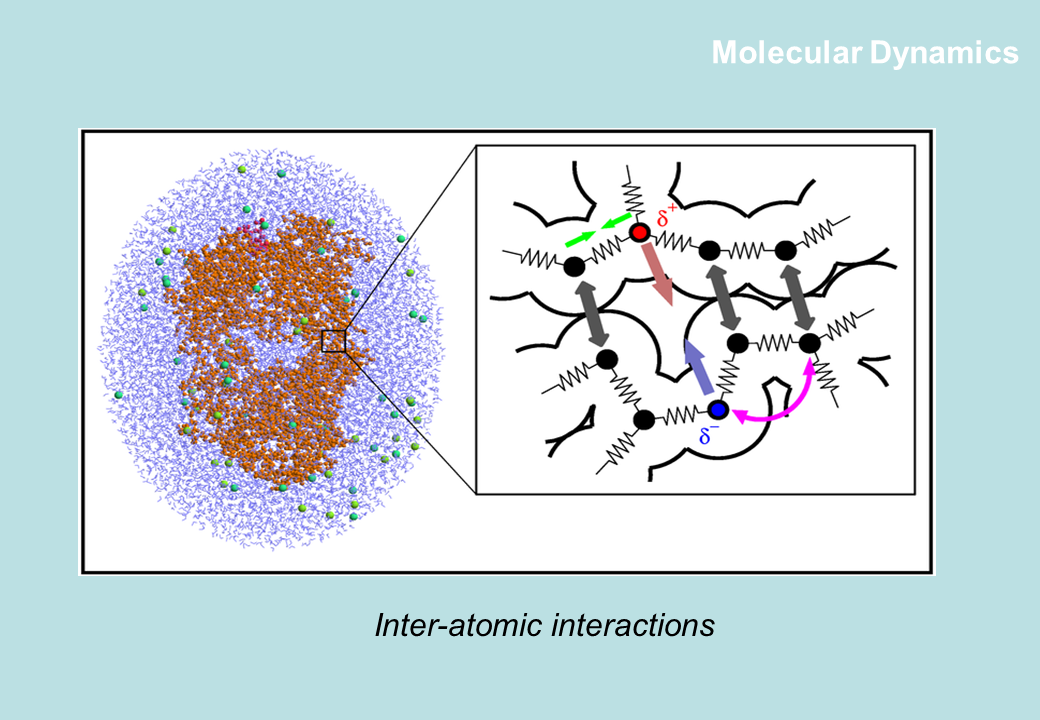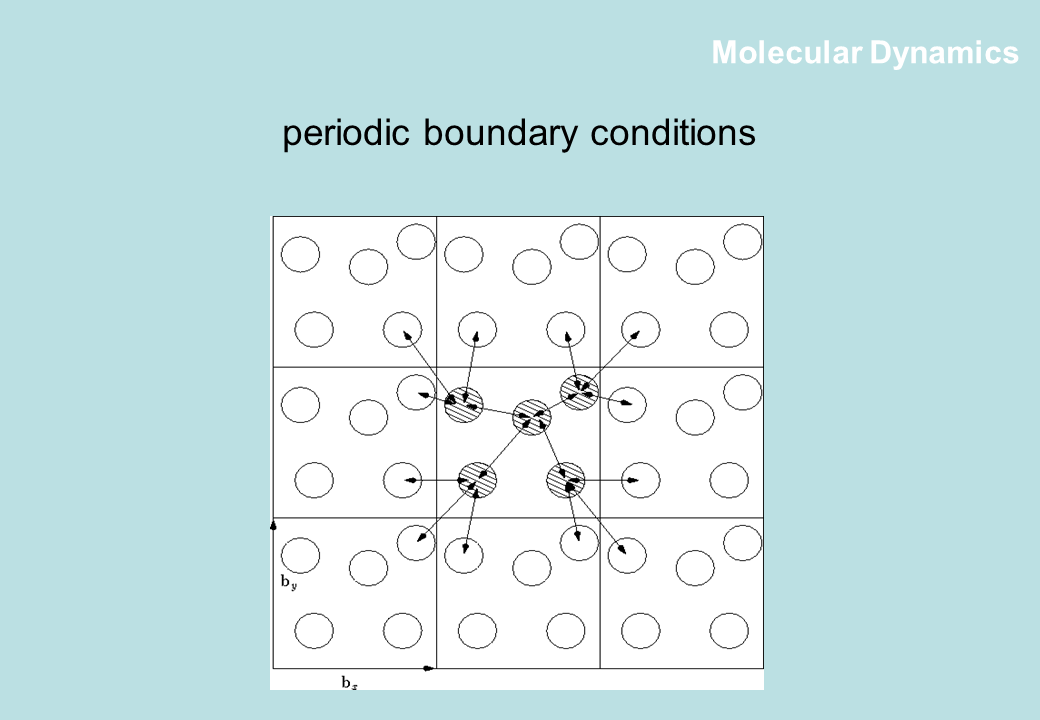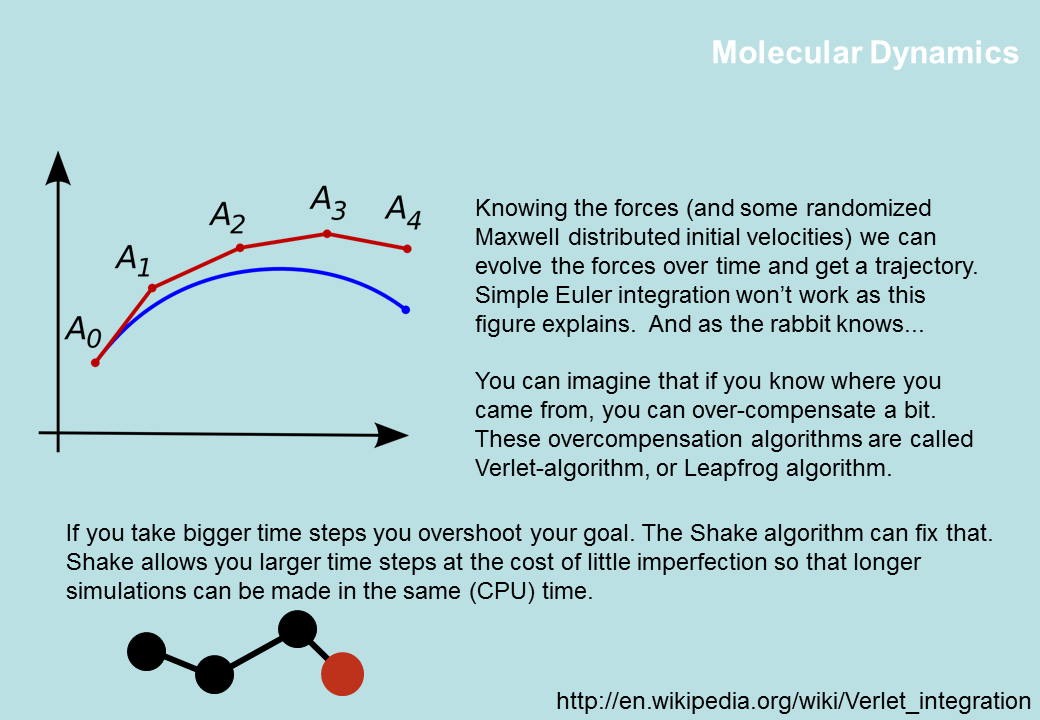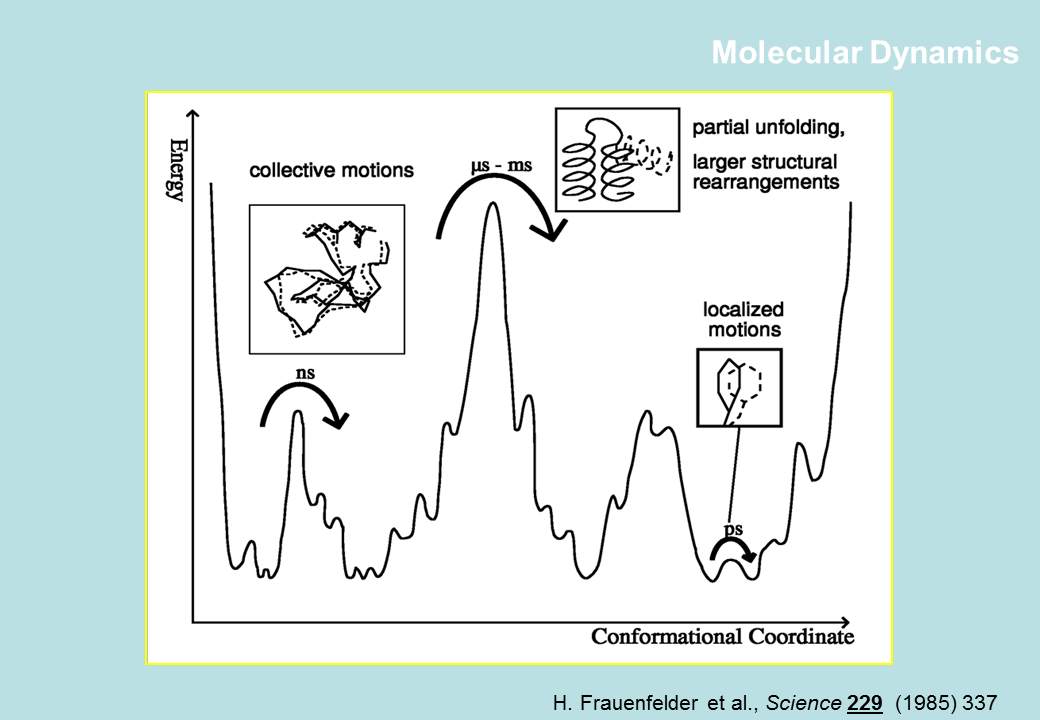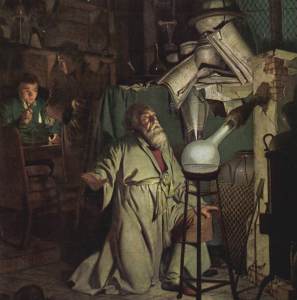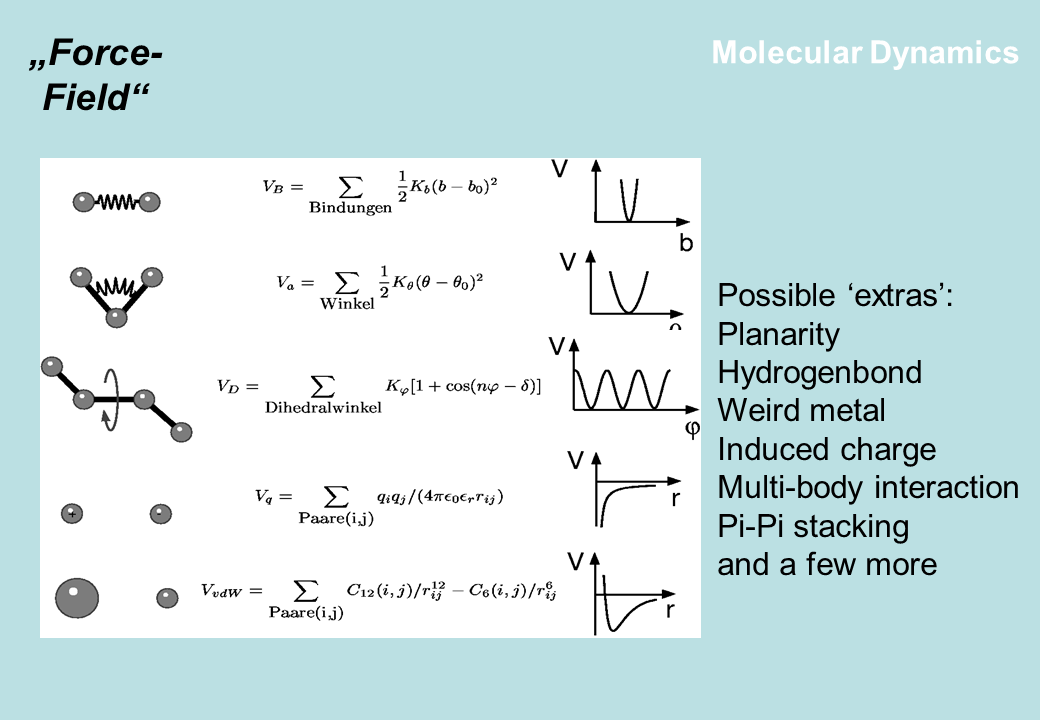
Figure 54.
Molecular Dynamics, energy calculations, etc., are Force Field based
methods. The Force Field has been obtained from data in a very indirect
manner. To make things doable in human time, MD used Newton's laws of motion
where Quantum Chemistry should be used.
![]()
